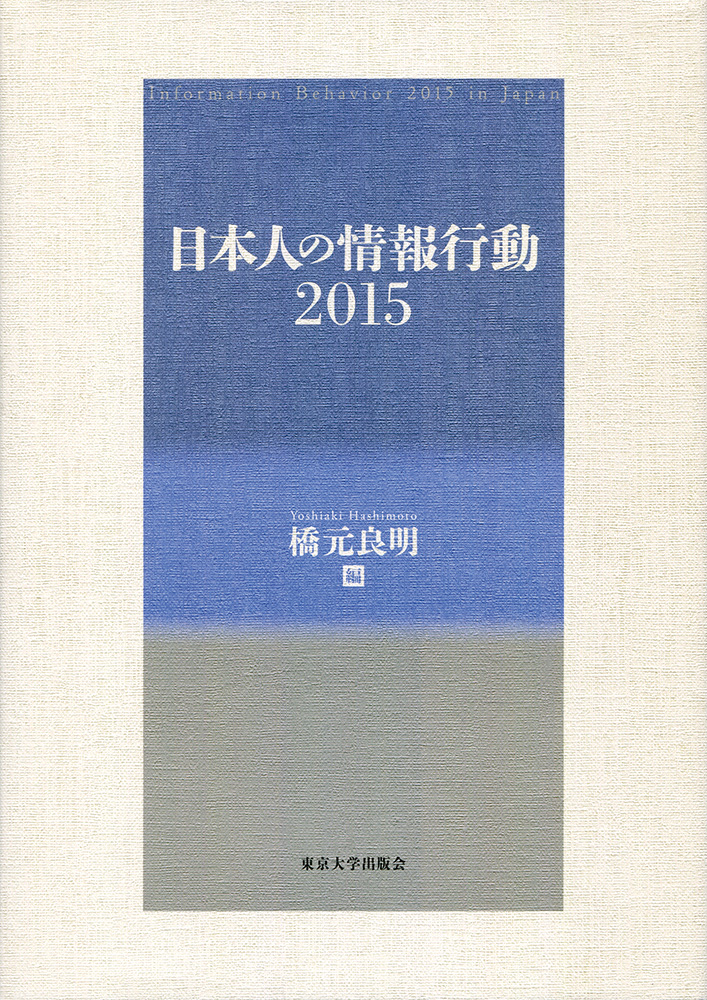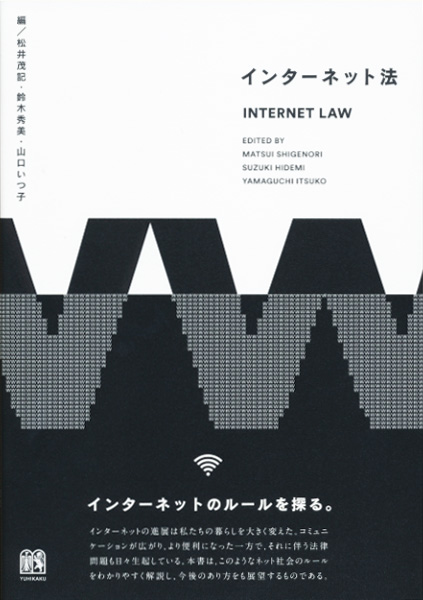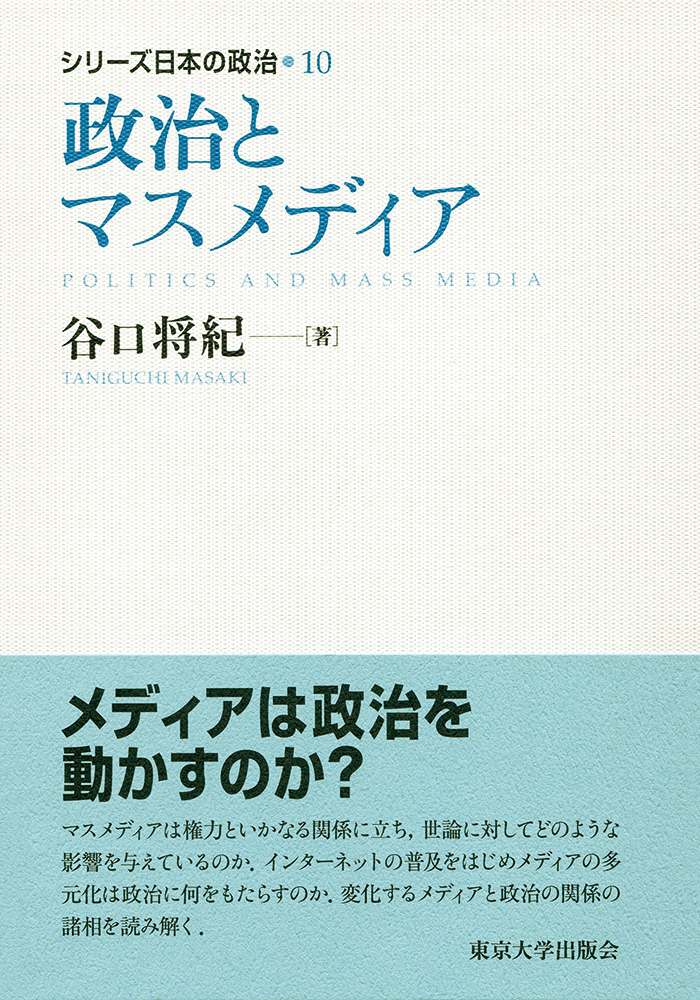
Title
Nihonjin no Johokodo 2015 (Information Behavior 2015 in Japan)
Size
284 pages, A5 format
Language
Japanese
Released
August 22, 2016
ISBN
978-4-13-050190-3
Published by
University of Tokyo Press
Book Info
See Book Availability at Library
Japanese Page
The Hashimoto Laboratory of the University of Tokyo, Graduate School of Interdisciplinary Information Studies, has been conducting a survey exclusively on media use in Japan every five years since 1995. The survey targets males and females aged between 13 and 69 throughout the country, with the sample group randomly selected based on the national basic resident registration system, consisting of approximately 1,500 people each time. A self-administered questionnaire is used on the basis of a leaving method. The survey takes a diary style, where the respondent records their 24-hour behavior completely over several days. In terms of the measurement of life hours, NHK’s National Time Use Survey is well known. This has been conducted every five years since the 1960s, and it focuses on the time usage for daily activities such as sleep and work, while the time spent for media usage is limited to a few modes of the media, such as television, radio and newspapers. The Information Behavior in Japan has a more detailed structure; in addition to the mass media, there are 14 items about Internet use by media and usage classifications.
From the first survey in 1995, each study has been published entitled in the form “Information Behavior 1995 in Japan” from the University of Tokyo Press, describing the survey results together with discussions based on the media environment of the time. The Information Behavior 2015 in Japan presents the results of the survey conducted in 2015.
It comprises two parts; Part 1 outlines the 2015 survey results, and Part 2 presents discussions on the media in modern Japan and changes in the nation’s information behavior.
During the 20-year period since the first information behavior survey in Japan, the media environment has undergone the most dramatic changes in media history, epitomized by the diffusion of mobile phones and the Internet. The Internet in particular has brought about revolutionary changes in society, industry, culture and many other aspects of our lives. In terms of information behaviors, it has completely transformed all existing forms of media. Television has had a significant influence on our everyday life, but it has not changed other media such as newspapers and magazines, striking a balance for coexistence and mutual prosperity. The Internet, however, has not only threatened the printed media, but also caused a dramatic decrease in the length of time people watch television.
For example, our survey reveals that those in their 40s and younger watch television significantly less than before; especially those in their 20s and teens have almost halved the time spent watching TV, from 213.8 and 183.5 minutes in 1995 to 111.3 and 72.6 minutes in 2015, respectively. It is often talked about the younger generations abandoning television, and our survey provides clear evidence of its reality.
Mobile devices, meanwhile, were not very much diffused for Internet use in the year 2000, when it was only the beginning of the i-mode service, and only very few people had an Internet connection option with their mobile phone contracts. In 2015, the time spent using the Internet on mobile devices increased, so that teens spent 95.2 minutes, surpassing the time they spent watching TV. Those in their 20s spent 102.4 minutes. Moreover, the younger generations were found to be using more than half of the time on social networking sites. As a result, their communication styles and the structures of subjectivity are showing major alterations.
This book provides statistical evidence of the major changes in the information life, behavioral patterns and awareness in Japan over the last 20 years, seen from the aspect of time-length.
(Written by Yoshiaki Hashimoto, Professor, Interfaculty Initiative in Information Studies / 2017)



 Find a book
Find a book


 eBook
eBook

